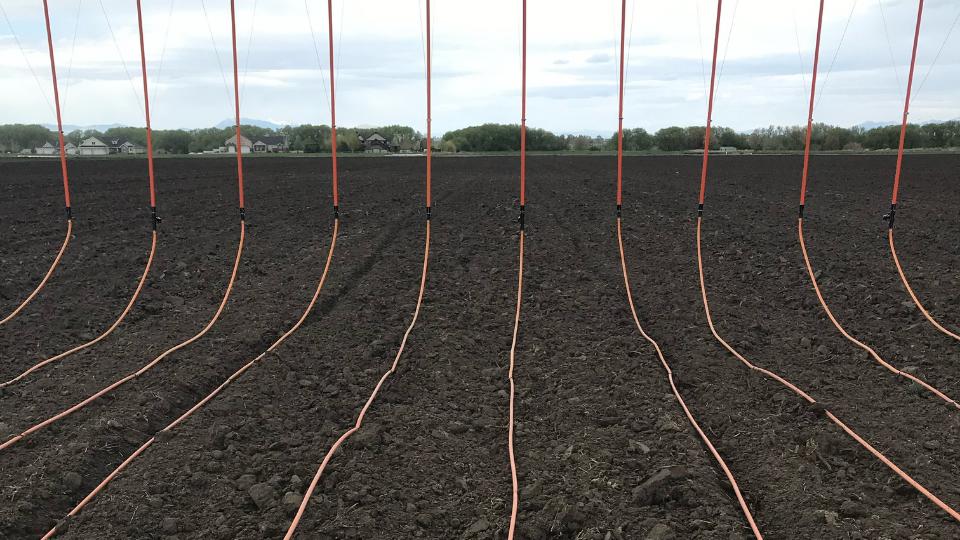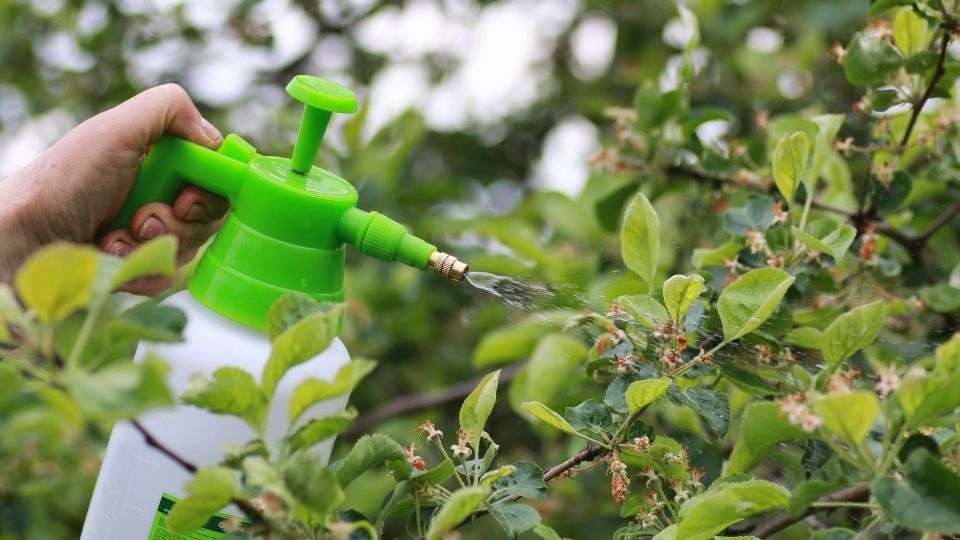Teff Hay Production Guidelines for Utah
Teff (sometimes spelled tef) [Eragrostis tef (Zucc.) Trotter] is a relatively new forage crop to Utah that has grown in popularity in recent years. It is an annual, warm-season grass that is native to Ethiopia. Teff has fine stems, shallow roots and is no...




































